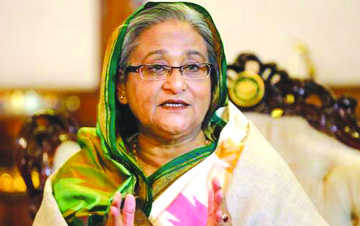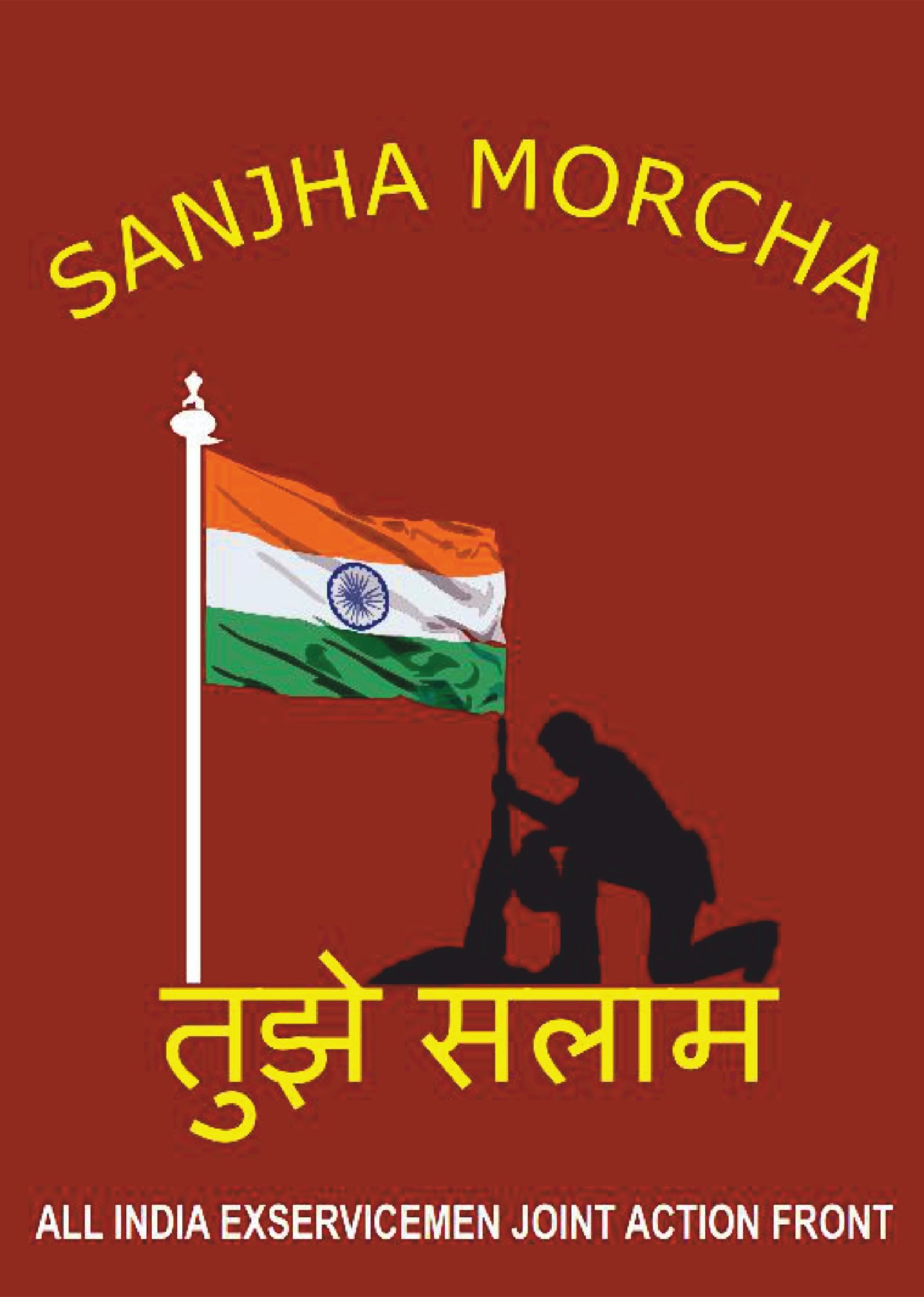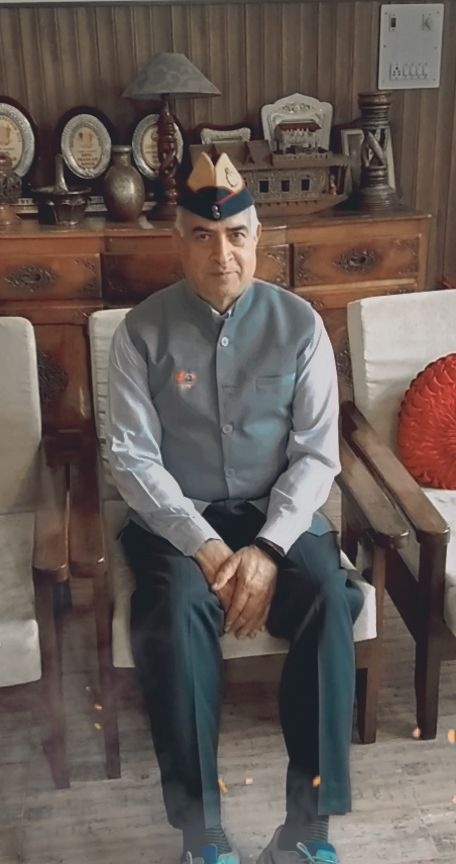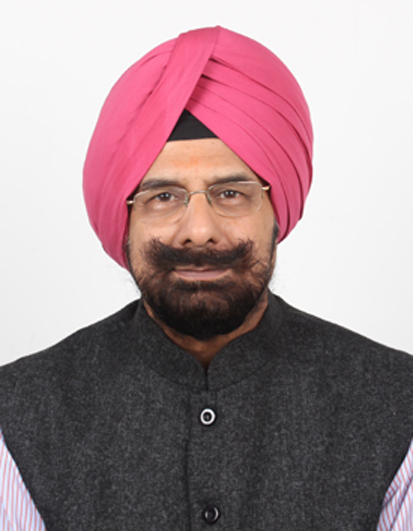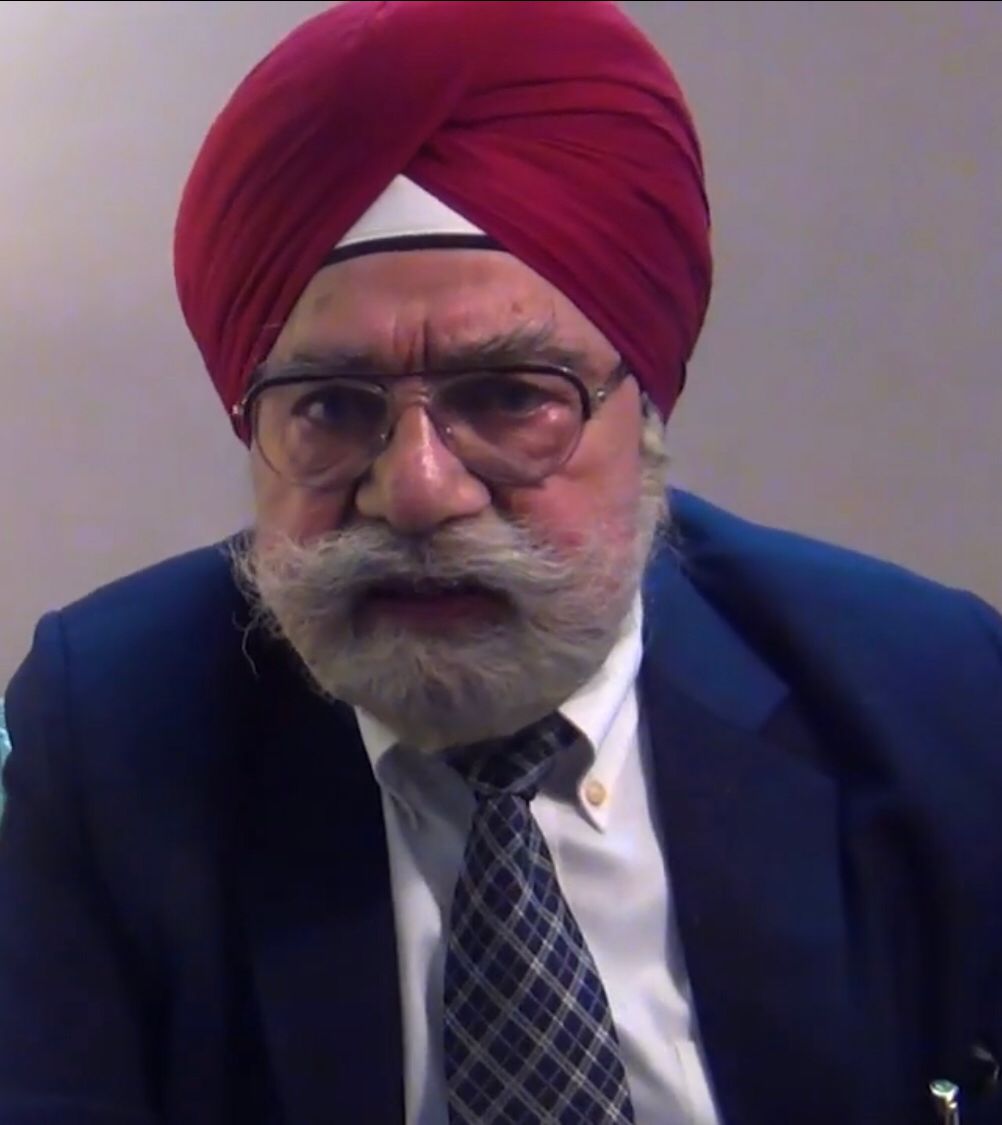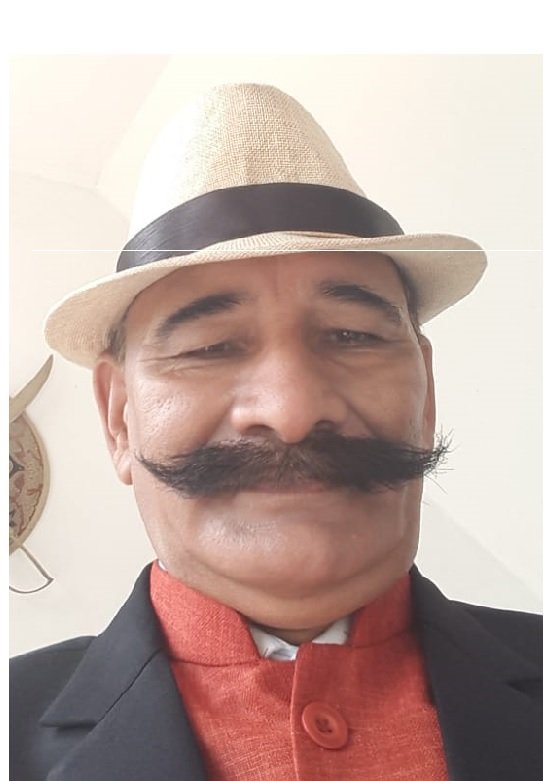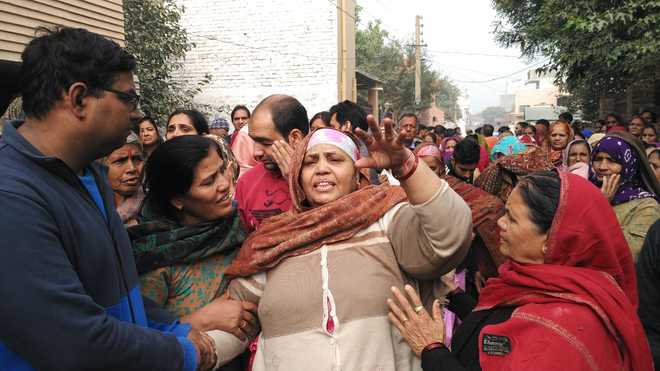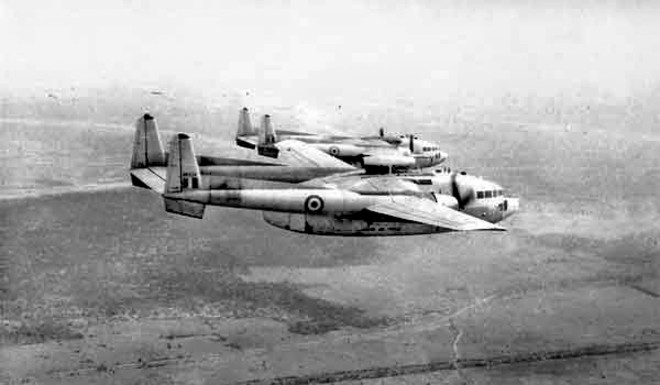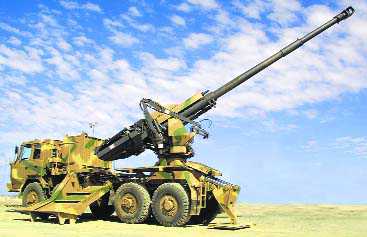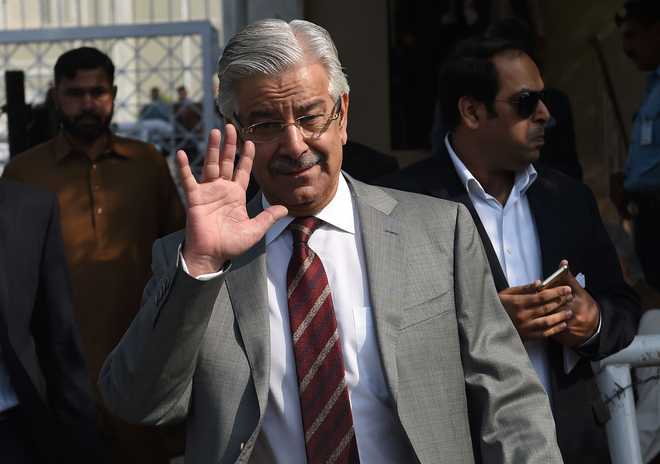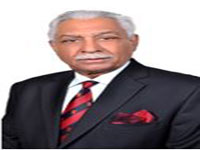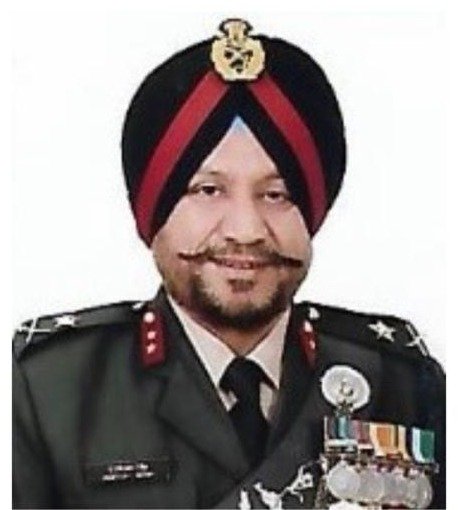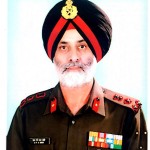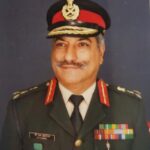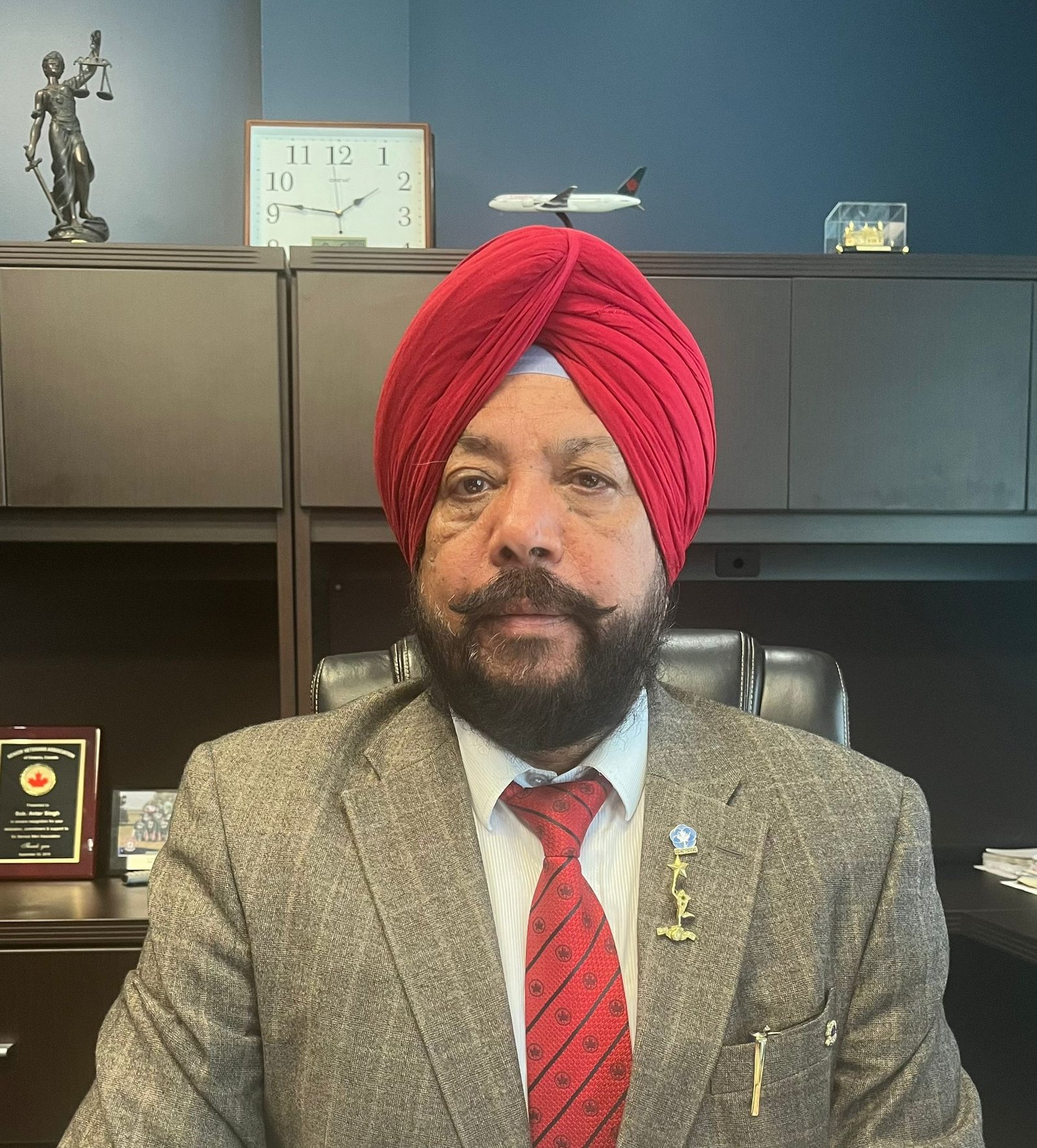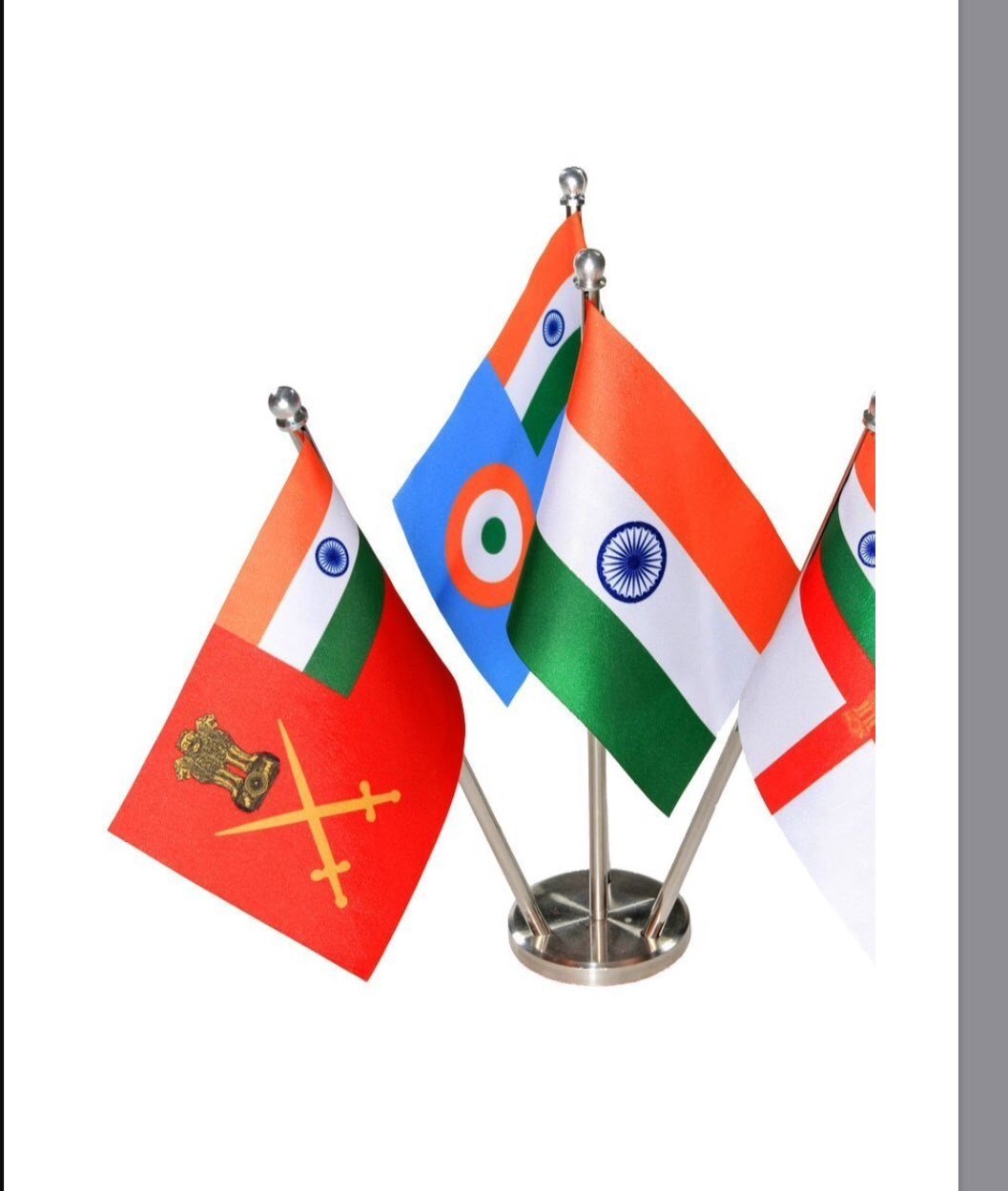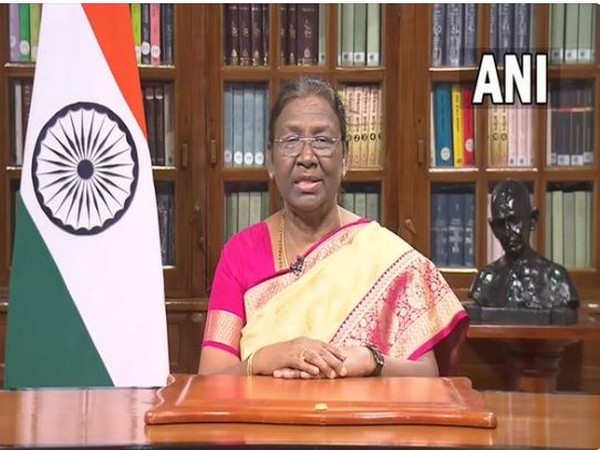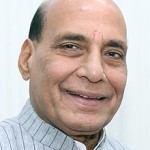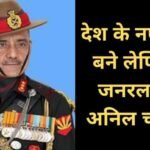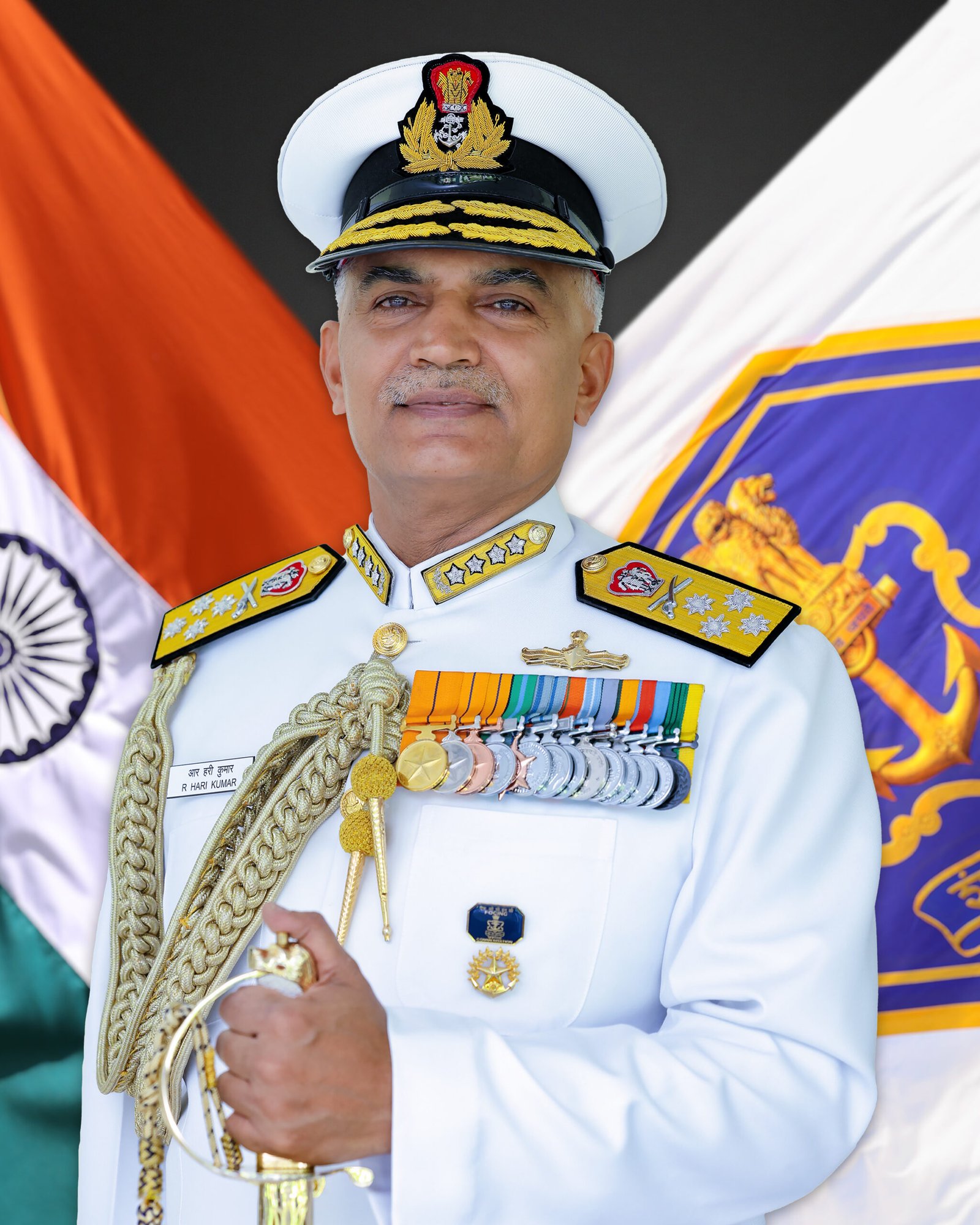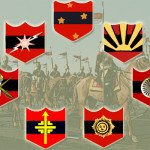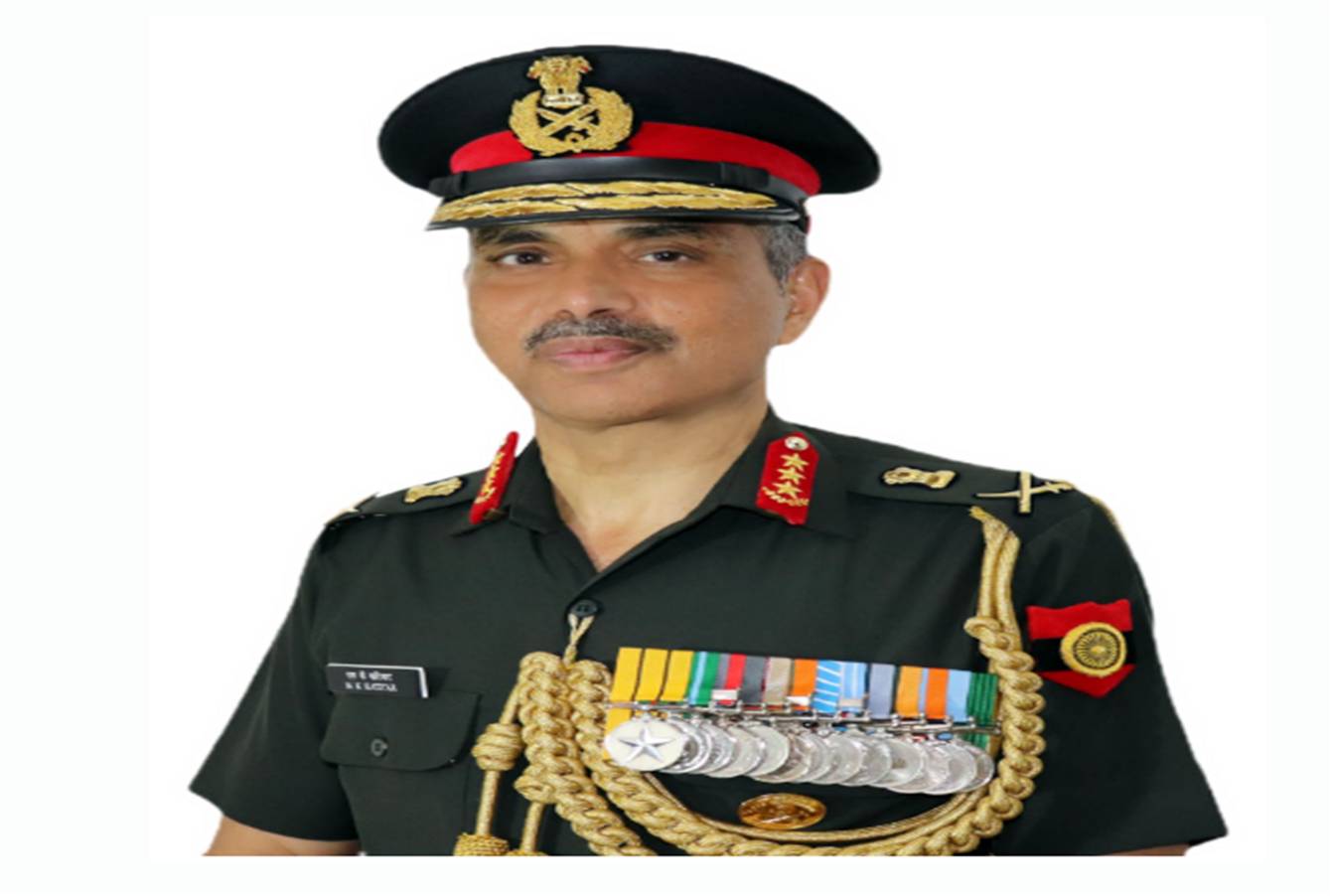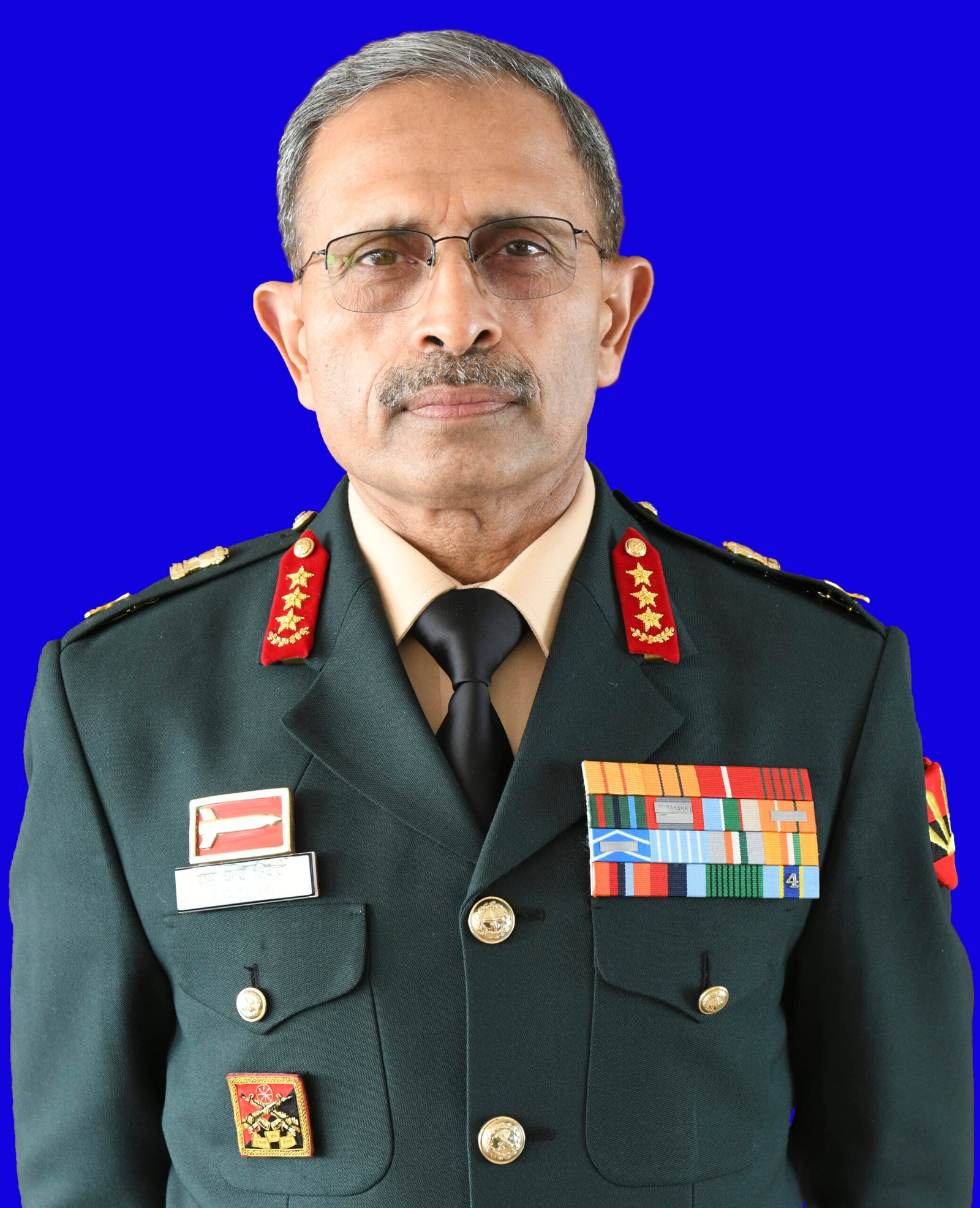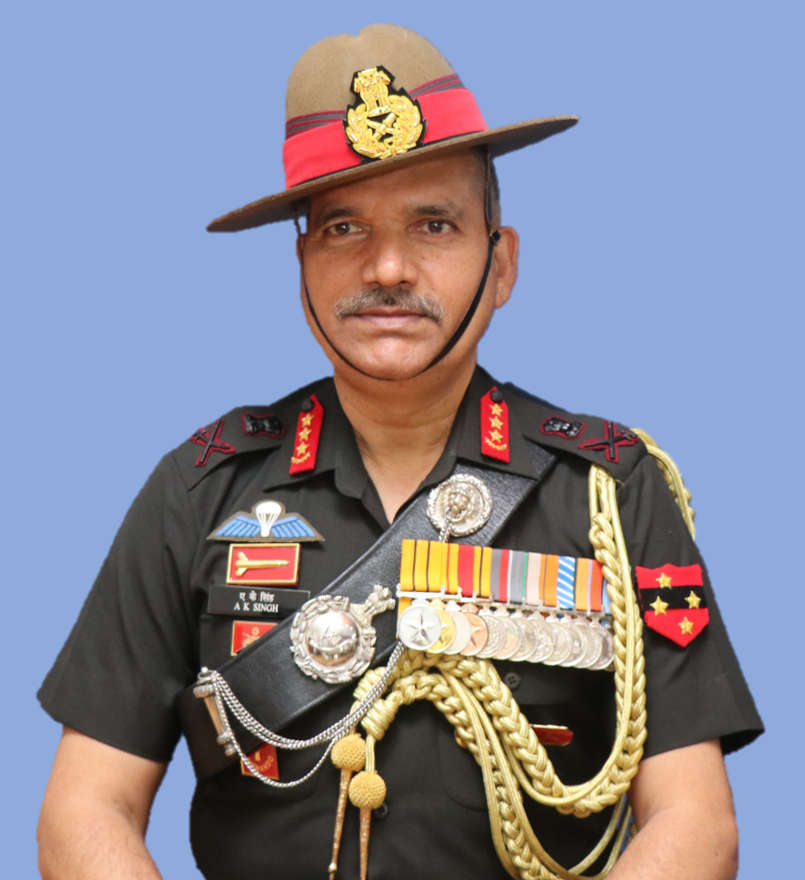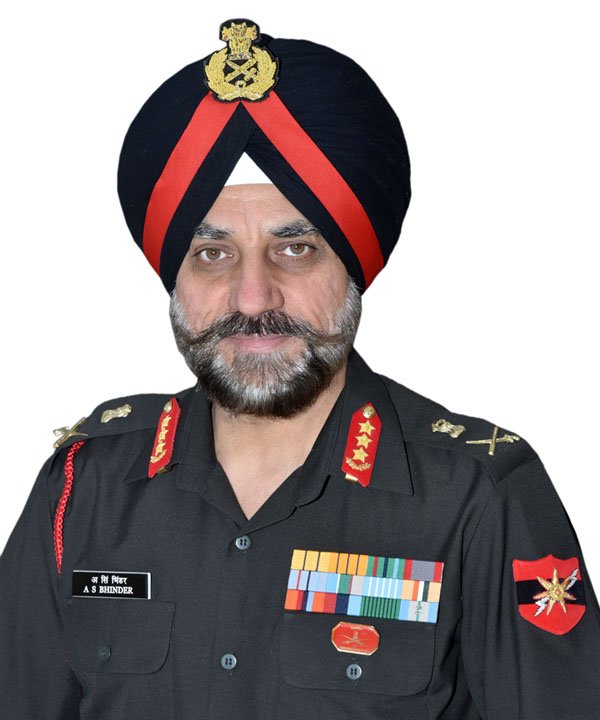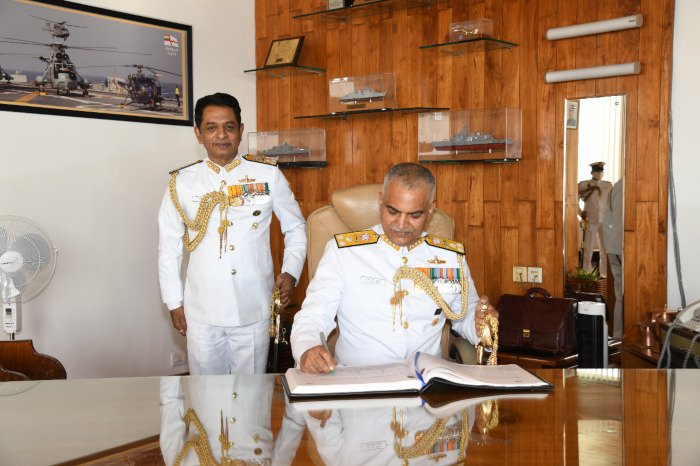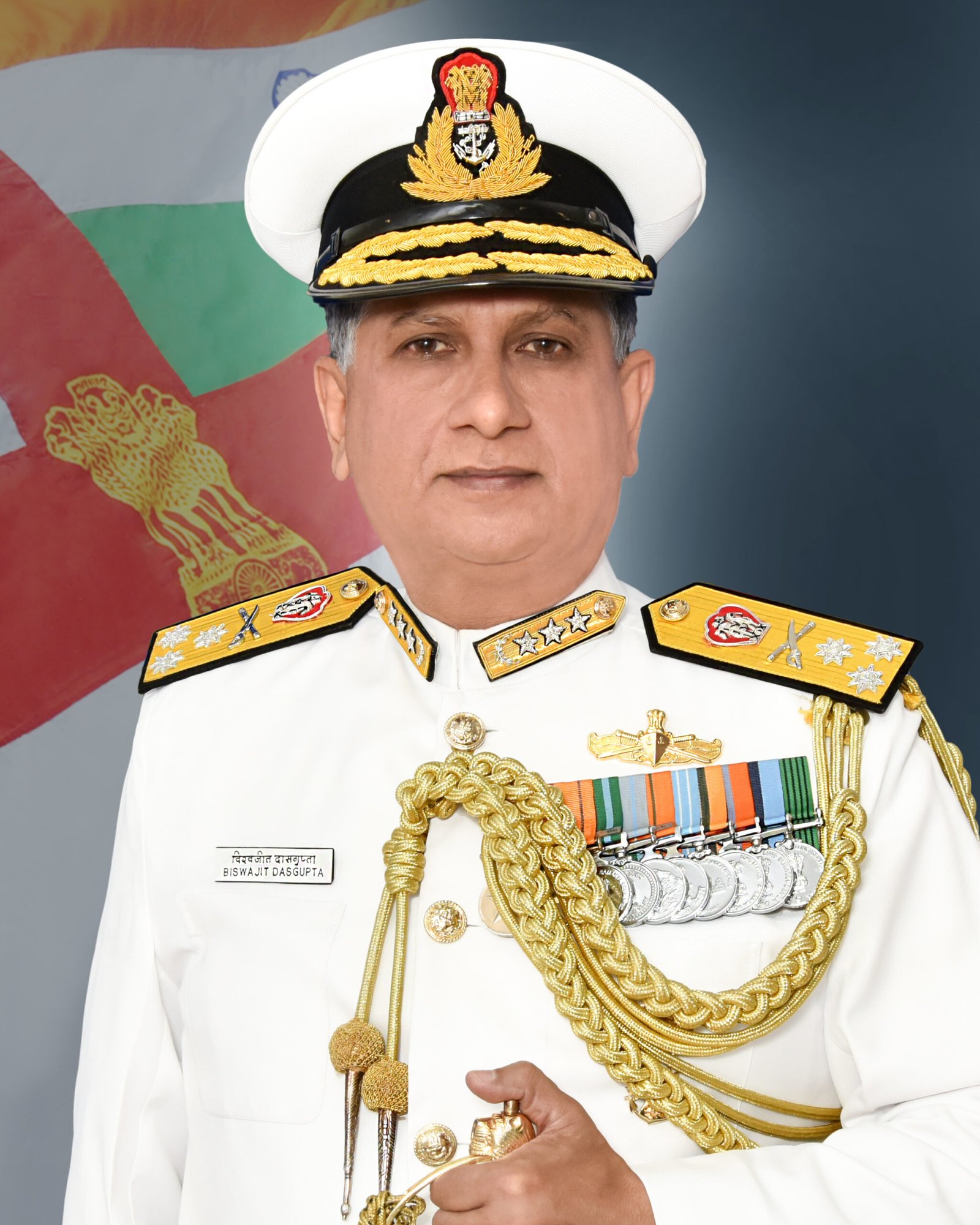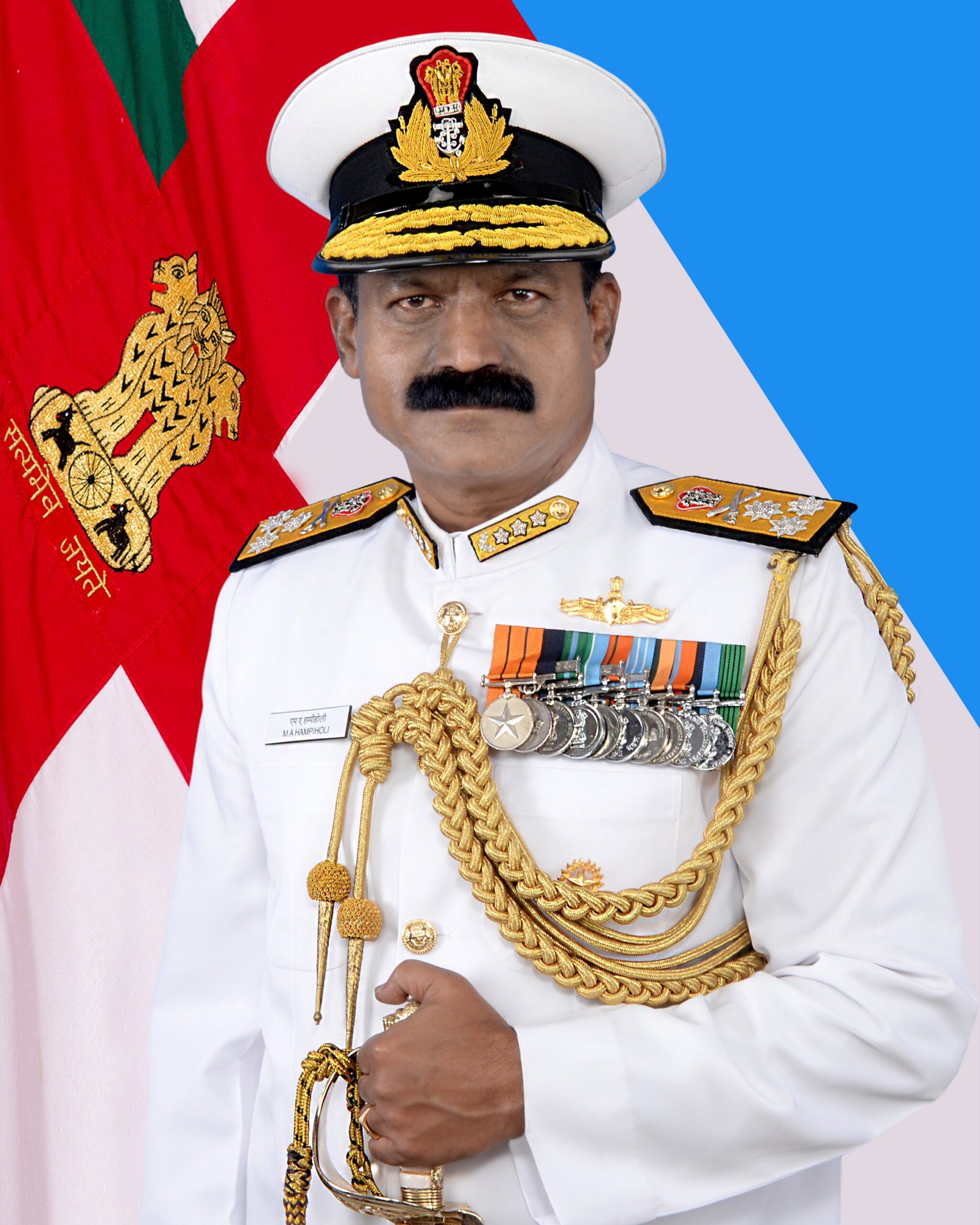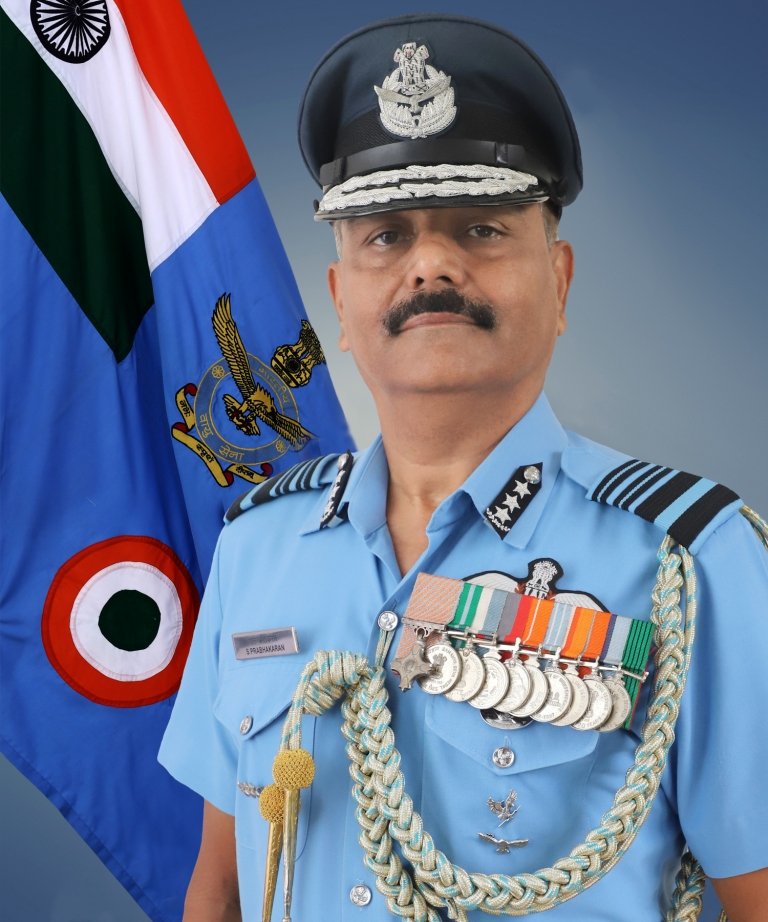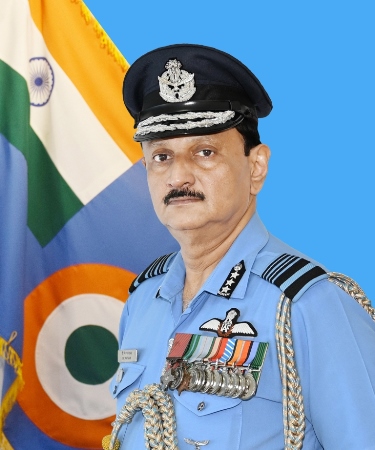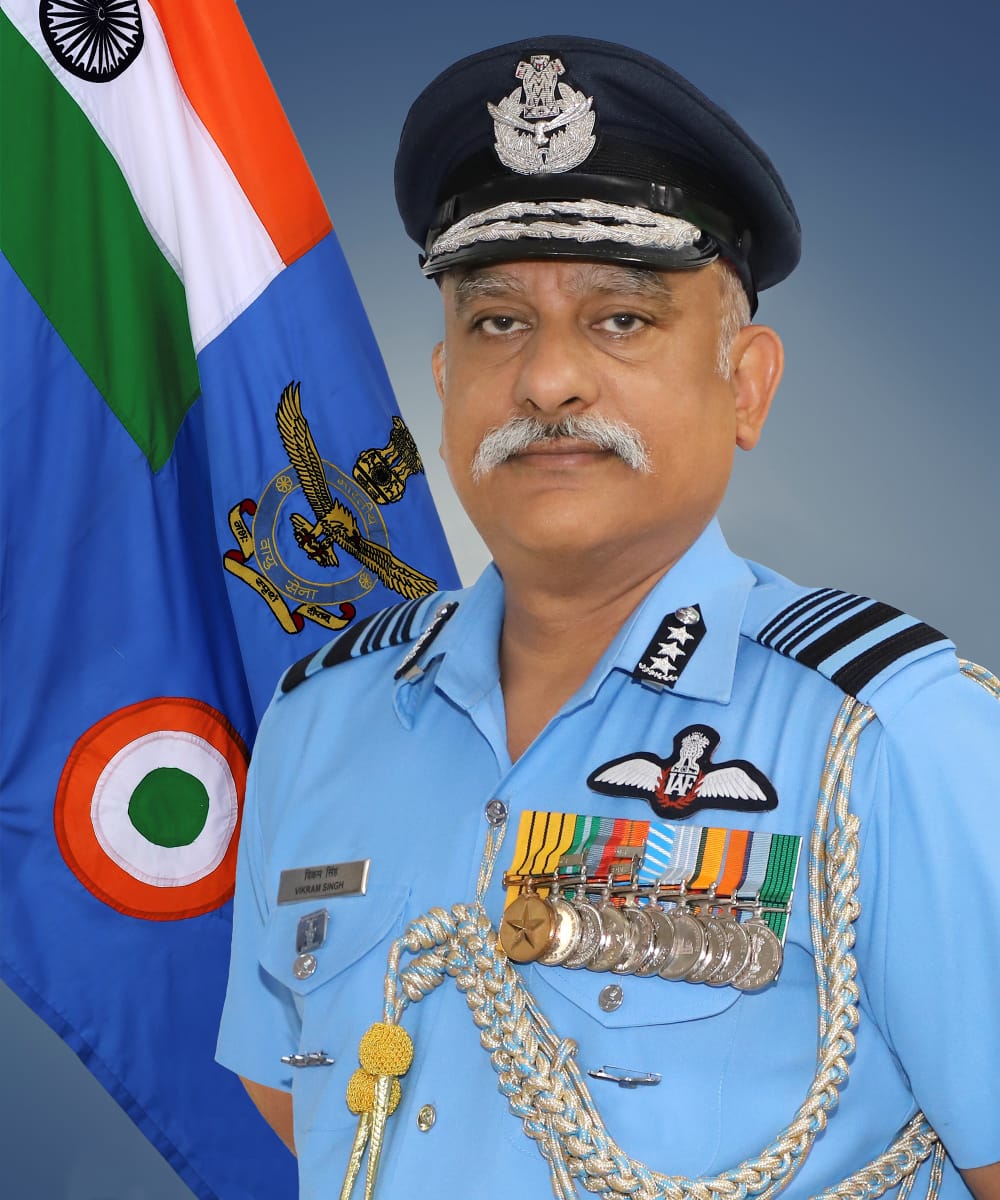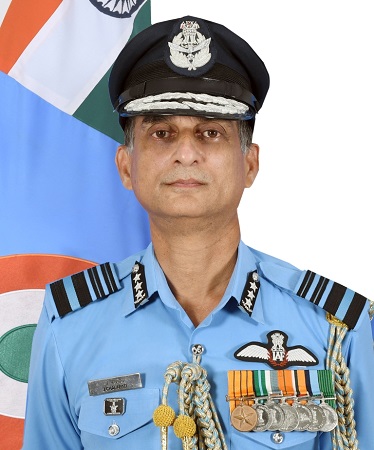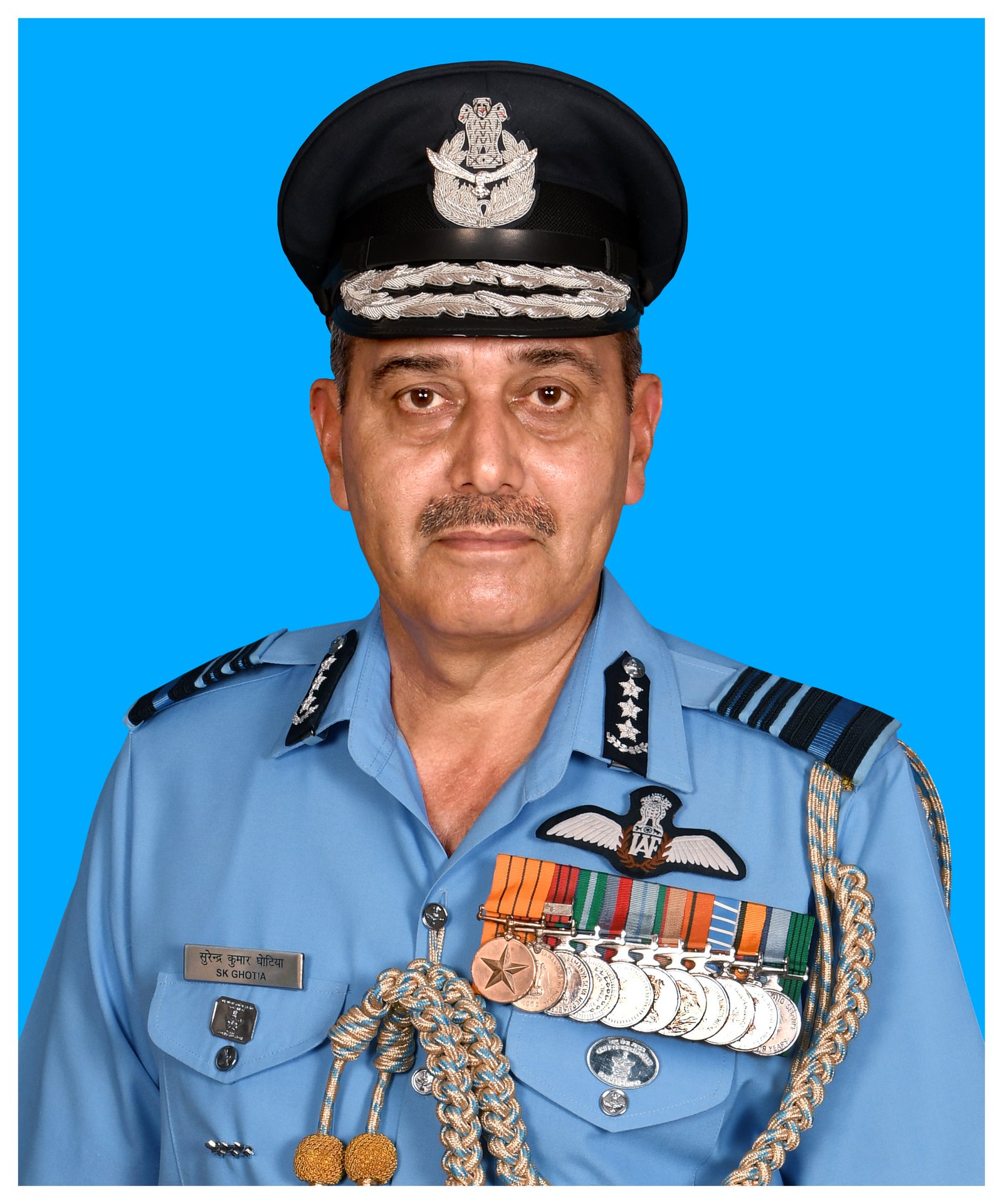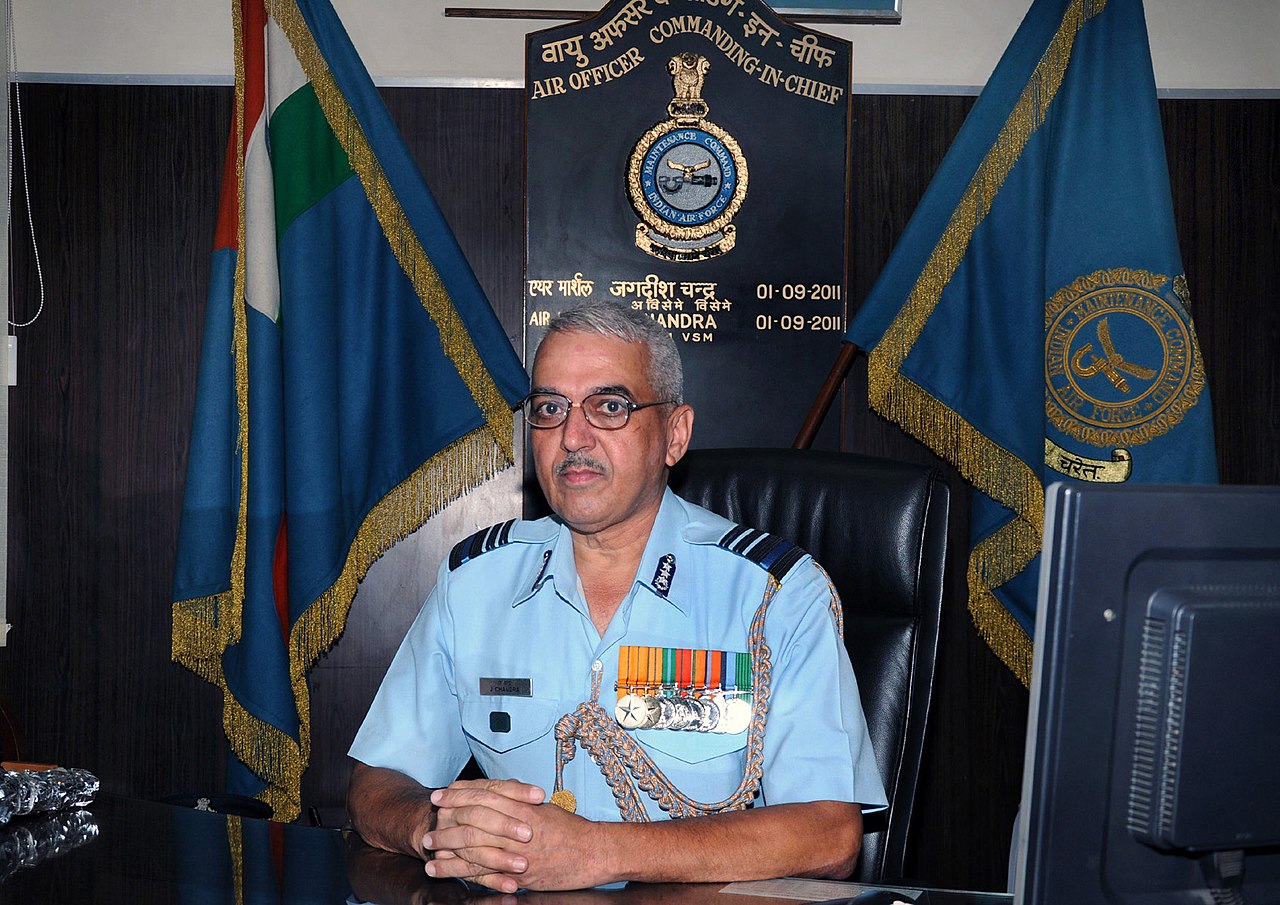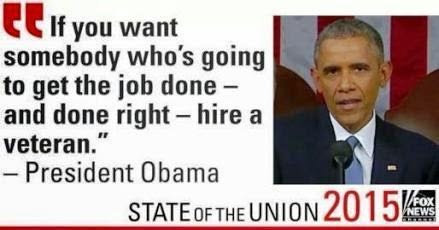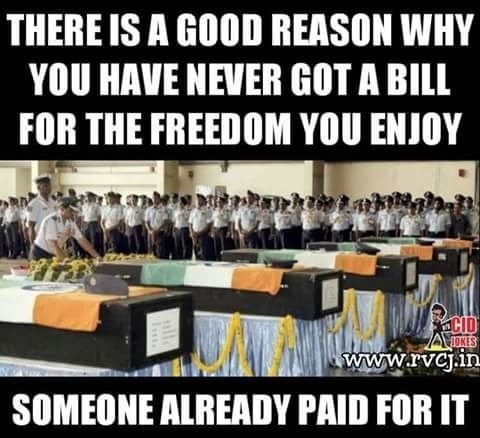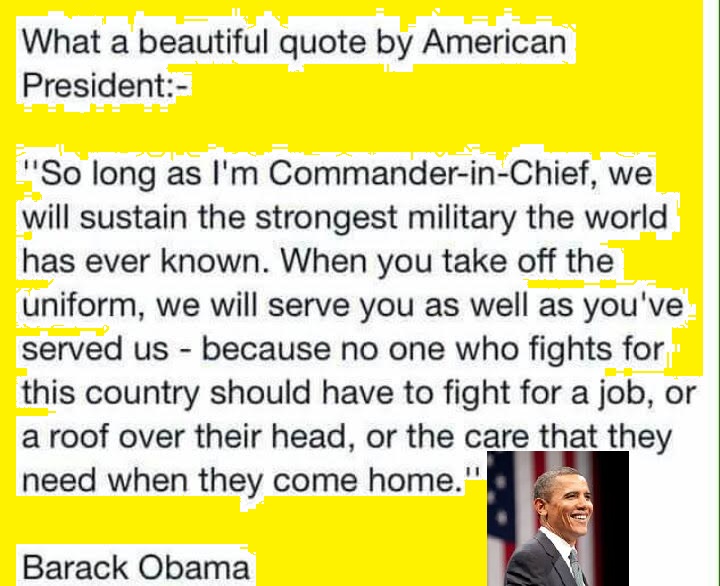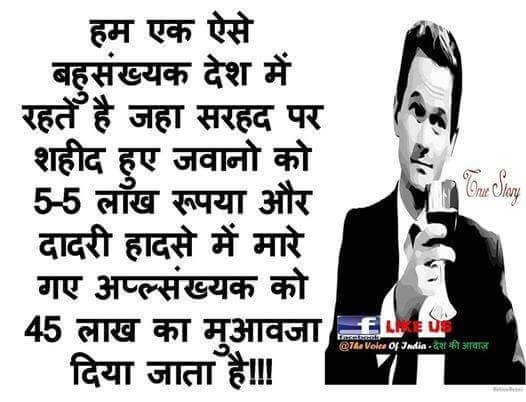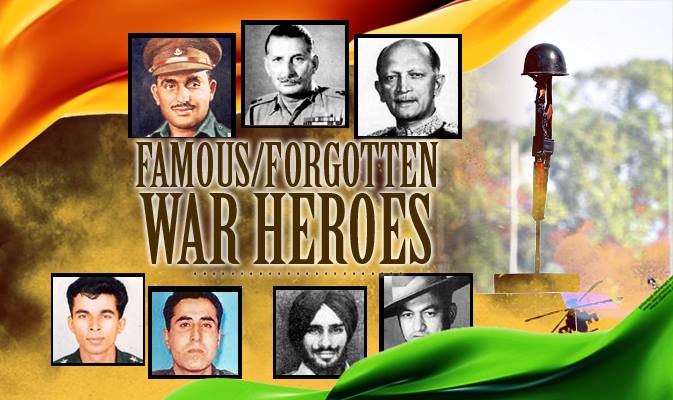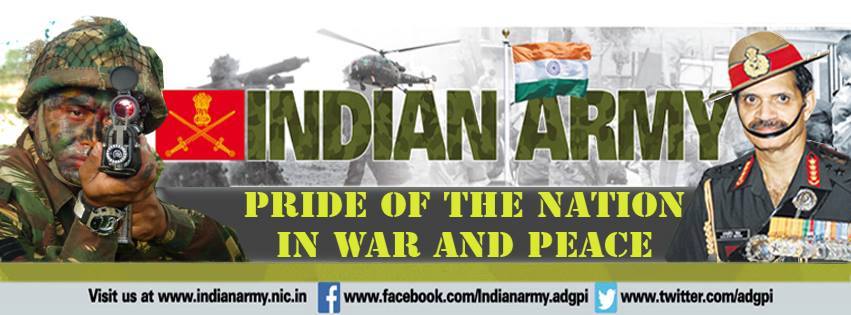Gen Bajwa indicated a change in approach but many believe this may not translate into a strategic shift
Gen Qamar Javed Bajwa’s assumption of the post of Pakistan Army chief ominously coincided with a brazen attack on an Indian Army camp at Jammu and Kashmir’s Nagrota that left seven soldiers dead.
 REUTERSPakistan’s outgoing army chief Gen Raheel Sharif (right) hands over a ceremonial baton to his successor Gen Qamar Javed Bajwa at the Change of Command ceremony in Rawalpindi on November 29.
REUTERSPakistan’s outgoing army chief Gen Raheel Sharif (right) hands over a ceremonial baton to his successor Gen Qamar Javed Bajwa at the Change of Command ceremony in Rawalpindi on November 29.
It was even speculated the assault was outgoing army chief Gen Raheel Sharif’s parting shot. He had warned his country’s restraint and patience on Kashmir should not be mistaken for weakness.
The developments in Nagrota and Chamliyal, where three infiltrators were killed, were in marked contrast to Bajwa’s remark at the change of command ceremony in Rawalpindi that the situation on the Line of Control (LoC) “will be alright” soon.
The comment suggested Bajwa, who served on the LoC and once commanded the Rawalpindi-based X Corps responsible for operations along the ceasefire line, could adopt an approach different from that of Sharif.
Former colleagues say Bajwa’s keen interest in India goes back to his days as a young major serving on the LoC in 1992. That was when, they say, he began reading about India and discussing its developments with other officers.
The buzz in Islamabad is Bajwa was a beneficiary of a debate on whether the new army chief should be a general who focussed on the counter-terrorism drive started by Raheel Sharif, or one who balanced the campaign against militants with a renewed focus on India. Given his extensive expertise on Kashmir, Bajwa was a natural fit when the Pakistani leadership chose the second option.
Brig (retired) Feroz Hassan Khan, Bajwa’s commanding officer on the LoC, says the man in what is seen as the most powerful position in Pakistan does not have a “visceral hatred” of India.
“There is an assumption that every Pakistani military officer who rises has some sort of a visceral hatred towards India, as if it’s a default. This is not the case with (Bajwa)… He has studied India so much,” Khan told HT from Monterey, California, where he teaches at the US Naval Postgraduate School.
Bajwa, with whom Khan has stayed in touch over the years, “understands India (and) reads a lot of what India writes and knows a lot about what India thinks”. He added, “There’s hardly any senior officer of his level who reads a lot of what is published in India and he studies, he reflects and he remembers.”
Bajwa also believes in striking a civilmilitary balance and giving space to the elected government, Khan said. “The complexity of the issues…demand that neither the army can do it alone and nor the civilians can do it alone, so you have to balance the civil-military relations,” he said. “I think (Bajwa) is one person who realises the heavy responsibility that comes on his shoulders.”
Khan, however, noted Bajwa had taken over at a difficult time. Tensions between India and Pakistan have spiked because of a string of terror attacks and exchanges of fire on the LoC have strained a 13-year-old ceasefire.
“If he inherits something with so much tension on the border, he is first and foremost chief of the Pakistan Army. He has to do his duty,” Khan said.
Despite its recent focus on targeting “bad militants” such as the Taliban, the Pakistan Army largely remains – as former army chief Ashfaq Kayani put it – an “India-centric” force. The military also retains a tight grip on foreign and security policies, especially relations with countries such as the US and India.
Lt Gen (retired) Kamal Davar, the first chief of India’s Defence Intelligence Agency, is among the skeptics who believes a change of guard will not necessarily lead to a change of heart in the Pakistan Army.
“An army’s stance emerges from national strategies and national interests. And the chief of any army is responsible for implementing those policies. Strategies don’t change because of a change of personality,” Davar told HT.
“Pakistan’s operational strategies aren’t going to change at all. There’s a difference between tactical and strategic matters. An army chief wouldn’t be directly involved in tactical stuff,” he said, referring to the Nagrota attack.
Bajwa’s stand on corruption may seal Nawaz Sharif’s fate
IF THE NEW CHIEF, GEN QAMAR BAJWA, TAKES A STRONG STAND ON CORRUPTION, THERE COULD BE FRICTION BETWEEN HIM AND THE PREMIER WHO FACES ALLEGATIONS OF GRAFT
Prime Minister Nawaz Sharif has become the first politician in Pakistan’s history to appoint six army chiefs. One of them — Pervez Musharraf — toppled Sharif in a bloodless coup in 1999, while the rest too gave him a tough time.
 AFPPakistan Prime Minister Nawaz Sharif meets General Qamar Javed Bajwa in Islamabad.
AFPPakistan Prime Minister Nawaz Sharif meets General Qamar Javed Bajwa in Islamabad.
After assuming office in 1990, Sharif appointed Gen Asif Janjua to succeed Gen Mirza Aslam Baig. Unlike ambitious and insecure Baig, Janjua was a popular officer who commanded loyalty.
Janjua, who earned admiration for tackling the MQM as corps commander in Karachi, died of a heart attack in 1993.
Gen Abdul Waheed Kakar filled the leadership void. A Pashtun officer appointed by Sharif, Kakar was seen as a weak candidate. He brokered the agreement in mid-1993 whereby Sharif and President Ghulam Ishaq Khan resigned after a constitutional deadlock.
Sharif returned as premier in 1997, when Gen Jahangir Karamat was army chief. They got off to a bad start as the army was given a constitutional role in decision-making through the National Security Council. Sharif rejected the idea and the situation deteriorated to the point that Karamat resigned in 1998.
Against all advice, Sharif appointed Musharraf in 1998. Soon after the Kargil conflict, Sharif moved to dismiss Musharraf and appoint a new army chief, Gen Ziauddin Butt. The army rejected it and Musharraf toppled the government.
Sharif returned as premier in 2013, when Gen Ashfaq Kayani was the chief. Soon after, Sharif nominated Gen Raheel Sharif, who was seen as close to the Sharif family. But his three years as chief proved a testing time for the PML-N government. If the new chief, Gen Qamar Bajwa, takes a strong stand on corruption, there could be friction between him and the premier, who faces the opposition’s ire over allegations of graft in the Panama Papers leaks.
